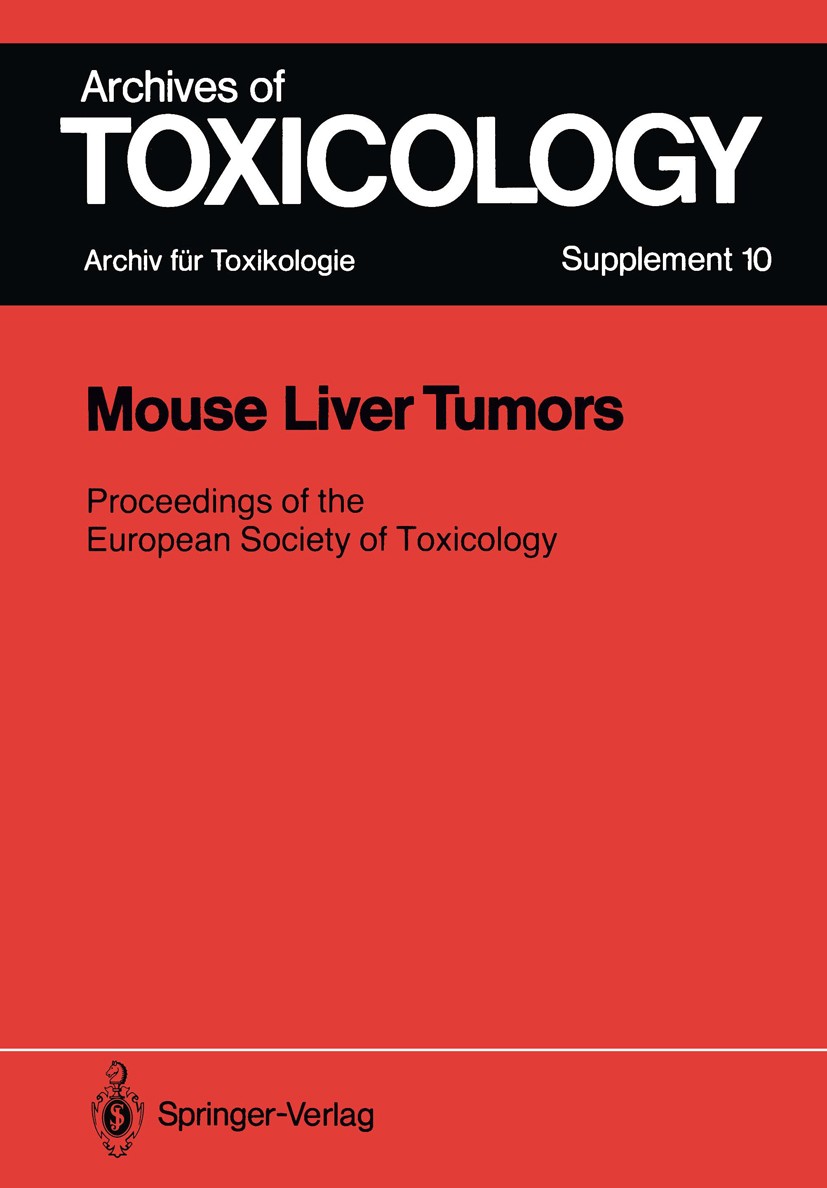| 書目名稱 | Mouse Liver Tumors | | 副標題 | Relevance to Human C | | 編輯 | Philip L. Chambers,Dietrich Henschler,Franz Oesch | | 視頻video | http://file.papertrans.cn/640/639715/639715.mp4 | | 叢書名稱 | Archives of Toxicology | | 圖書封面 |  | | 描述 | Peroxisome proliferation in the liver parenchymal cells is frequently observed in rats and mice exposed to certain xenobiotic compounds. Hepatic peroxisome pro- liferation was first noted nearly twenty years ago in the livers of rats treated with the hypolipidemic drug clofibrate (Hess et aI. , 1965; Svoboda and Azarnoff, 1966). Subsequently, several structurally unrelated hypolipidemic compounds were found to induce marked hepatomegaly and hepatic peroxisome proliferation in rats and mice, which led to the suggestion of a possible relationship between peroxisome proliferation and lipid metabolism (Reddy and Krishnakantha, 1975) as well as to the identification of a peroxisomal fatty acid f3-oxidation enzyme sys- tem in the rat liver (Lazarow and DeDuve 1976). A second major class of per ox i- some proliferators was identified nearly ten years ago, with the discovery that the dietary administration of a widely used phthalate-ester plasticizer di(2-ethylhex- yl)phthalate (DEHP) to rats, results in the induction of peroxisomal enzymes in liver (Reddy et aL 1976a). Hypolipidemic drugs and phthalate-ester plasticizers constitute two major and important categories of chemicals with prof | | 出版日期 | Conference proceedings 1987Latest edition | | 關鍵詞 | drug; lipide; liver; liver tumor; metabolism; xenobiotic; xenobiotics | | 版次 | 1 | | doi | https://doi.org/10.1007/978-3-642-71617-1 | | isbn_softcover | 978-3-540-17124-9 | | isbn_ebook | 978-3-642-71617-1Series ISSN 0171-9750 | | issn_series | 0171-9750 | | copyright | Springer-Verlag Berlin Heidelberg 1987 |
The information of publication is updating

|
|
 |Archiver|手機版|小黑屋|
派博傳思國際
( 京公網(wǎng)安備110108008328)
GMT+8, 2025-10-12 23:30
|Archiver|手機版|小黑屋|
派博傳思國際
( 京公網(wǎng)安備110108008328)
GMT+8, 2025-10-12 23:30


